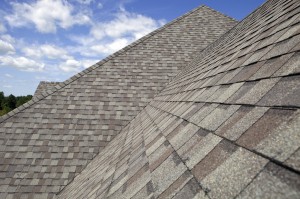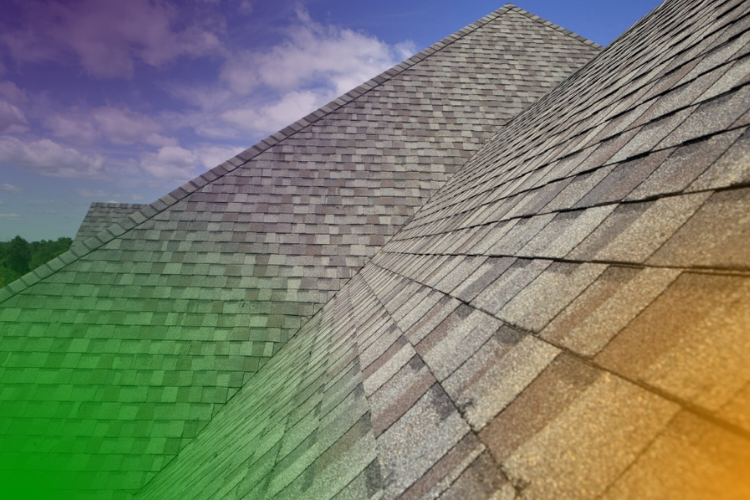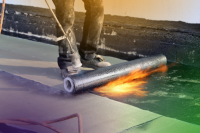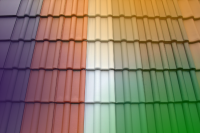Lead flashing alternatives for roofs. What are the options available to homeowners? - 
What Lead Flashing Alternatives For Roofs Are There?
Lead flashing is still by far the most common type of flashing material for roofs in the UK, however, an emerging number of lead flashing alternatives are emerging recently. You might want to consider one of these instead of taking the traditional route for your home. Flashing is the name given to the material which roofers use to seal the gap between the surface of the roof and the upright wall. Effective flashing is very important as joins and junctions are some of the most common places for leaks to occur. Traditionally in the UK we have used lead for our flashing, but times are changing and new, equally effective products have come onto the market. Alternatives to lead flashing were originally designed for commercial buildings, or buildings such as churches which often suffered from thefts of their valuable lead flashing. However an increasing number of homeowners are choosing alternatives for their lead flashing too.
Fitting Flashing On Roofs
Replacing the flashing on your roof is one of the more simple roofing jobs. It is a job which can be done by an enthusiastic DIYer, but working at height on a roof for hours at end is not everyone’s cup of tea, so in many cases it is best to get the professionals in. As the flashing forms the seal between the roof and the wall, it is very important to make sure the flashing fits perfectly and is completely sealed. Special adhesive is sold for these tasks. A professional roofer will have all of the tools and equipment they need to complete the job, and will also be able to complete it more quickly than a novice working on their own.
Aluminium Flashing Alternatives To Lead
One of the main lead flashing alternatives is flashing made from aluminium, or from aluminium based compounds. These sorts of products are light and easy to move around, and are not as attractive to the thieves as lead based flashing. It is equally watertight, and can be considerably cheaper too. Most aluminium based products are designed not to look anything like lead as a deterrent to thieves, so if you are only replacing a small section of your flashing then this might not be the best product to use.
Foil Flashing For Roofs As An Alternative
Traditional flashing on roofs can be quite bulky as well as heavy, and many of the modern products on the market have been designed to be much thinner. Many of the modern flashing products used by roofers are so thin that they look like a tape or a foil roll. These sort of products are sticky on side, making them quick and simple to use. Many roofers estimate that rolls of tape or foil flashing are twice as quick to install as lead. It can also be cheaper, and it is just as effective at keeping the water out of your home.
Prices for Installing Flashing
Prices for having your flashing replaced on your roof will depend on what sort of flashing you have chosen and the size of your roof. Replacing lead flashing with new lead on a terraced house will cost around £2000, with costs increasing for larger properties. Always get at least three quotes to compare prices from local tradespeople, and remember that the cheapest quote is not necessarily the best.
Now that you have a few lead flashing alternatives for roofs to consider, you might be looking to hire a roofer. If so, why not consider using Top Tradespeople's free service to find and compare quotes from locals near you?








